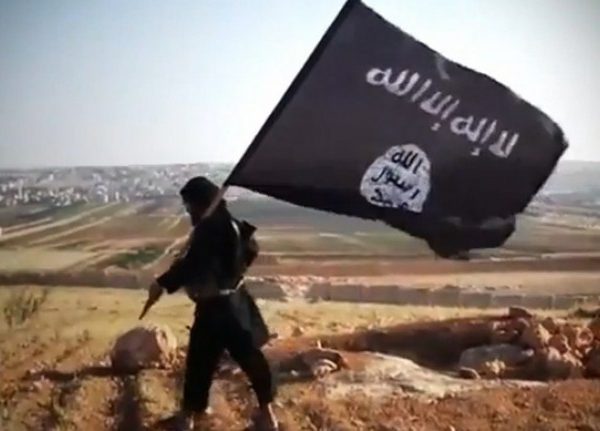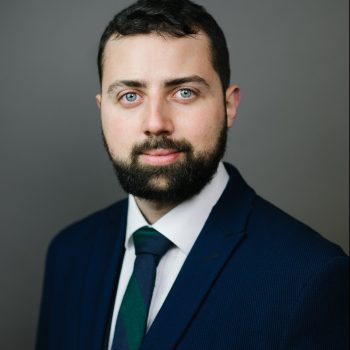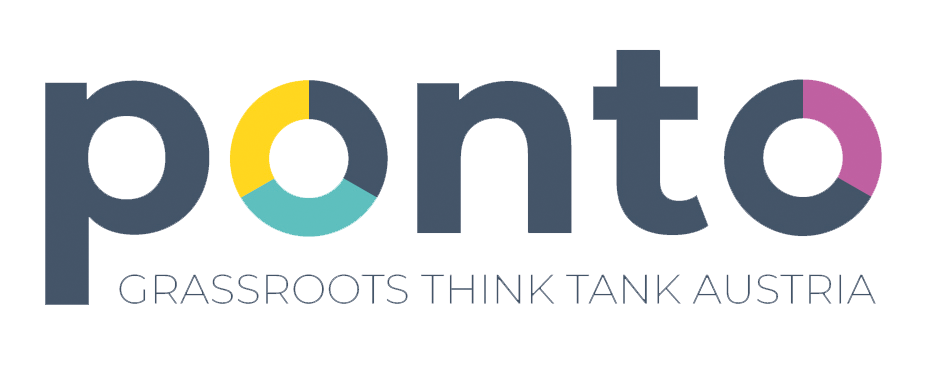
As tensions grow between the European Union (EU) and Turkey’s Recep Tayyip Erdogan over lack of support for Turkey to handle refugees, the country’s president has also changed his stance on another issue: During the first half of November, Erdogan released formerly incarcerated former fighters of the Islamic State (IS). The captives are EU citizens and were now sent home to their countries of origin. As the New York Times put it on November 17, this confronts the countries in the EU “with a problem they had long sought to avoid: what to do about the potential return of radicalized, often battle-hardened Europeans to countries that absolutely do not want them back.”
However, the EU member states are not the only countries, which expect their foreign fighters to return home one day. Several countries in Central Asia[1] saw men and women leave their families and friends to fight for the Islamic State in past years. As the Islamic State begins to weaken substantially – especially after the killing of its leader Abu Bakr al-Baghdadi in October 2019 – these men and women are deciding to return to their homes and, therefore, the topic of repatriating foreign fighters is of importance for the countries of Central Asia.
This begs the question, as both regions face similar problems with repatriating former IS fighters, could the EU and Central Asia work together to find solutions for this problem?
- Foreign fighters from Central Asia: Breeding ground for radicalism?
Central Asia has a problem with foreign extremist groups. According to research done by Radio Free Europe/Radio Liberty (RFE/RL) in late 2018, the countries in the region “were the largest single source of foreign fighters in the Syria/Iraq conflict, providing more recruits than neighboring states in the Middle East”; other studies revealed similar results. The study estimates that more than 4,000 citizens of these former Soviet Republics joined the Islamic State, with many bringing their families with them.
RFE/RL conducted its study in Kazakhstan, Kyrgyzstan, and Tajikistan, and found that most of the foreign fighters were not recruited from all over the country, but they rather originate from several smaller districts and municipalities in the respective countries, called “Hot Zones” by RFE/RL. As an example, up to one third of all Islamic State recruits of Kyrgyzstan originate from the southwestern district Aravan, although only 2% of the country’s total population lives there.
The recruiters of the Islamic State used a bold scheme: A large portion of the population of the Central Asian republics regularly travels to Russia to work there as seasonal workers to support the families at home. However, their situation there is dire, as one former migrant laborer from Tajikistan explains in the documentary from RFE/RL:
“Living conditions for migrants can be unbearable with back-breaking work and for inscrutable bosses. […] They do the work and after six months still don’t get paid. […] They were left with nothing. Because they don’t know the language, they don’t know anyone to ask for help. They were working unofficially, without documentation or a contract.”
At this point, the recruiters begin their work: Due to the helplessness, isolation, and discontent, the migrant laborers fall easily for the false promises and wild stories of the Islamic State’s recruiters. Often, they come back to their home country only to vanish a couple of weeks later and then to resurface months later in Syria and Iraq.
Beginning in January this year, the countries of the region – especially Kazakhstan and Tajikistan – started to bring home women and children from Syria. This marks the starting point of a reintegration process that will take years, but has also been criticized to lack a coherent long-term strategy: The usual policy by Central Asian authorities when it comes to controlling religious extremism – for instance, strict restrictions on outwards expressions of the Islamic faith (facial hair, clothing) – will hardly help in this process.
Furthermore, the problems that originally drove these people out of their home country to fight in a foreign war have not disappeared. When combining these pressing issues, Central Asia will inevitably experience a domestic terrorism crisis as two recent examples show:
In July 2018, four Western tourists were killed while cycling in Tajikistan’s Danghara district. Five attackers rammed them with their car and then stabbed them with knives and an ax. A video which was released after the terrorist attack showed all five attackers pledging their allegiance to the Islamic State. The men were all from Tajikistan, but many had been working in Russia in the past – where they presumably got radicalized.
In early November 2019, reports of an attack on a Tajik border post between Tajikistan and its southern neighbor Afghanistan surfaced on various local and international news channels. Tajik authorities blamed the attack on the border post which is only 60 kilometers southwest of the capital Dushanbe and resulted in over 20 casualties (15 attackers and seven border guards), on the Islamic State. An online statement published by the Islamic State confirmed this accusation, although hard evidence for the involvement of the terrorist group is still missing.
- Central Asia & the European Union: Common solutions for dealing with repatriated fighters?
In May 2019, the European Commission published a newly revised joint communication to the European Parliament and the Council called The EU and Central Asia: New Opportunities for a Stronger Partnership. In the publication, the Commission reflected on its already existing EU Strategy on Central Asia of 2007 and set new goals for the future. One particular aim addresses the cooperation of the EU and Central Asia and their common security challenges. The publication makes specific mention of the issue of repatriating foreign fighters, by promoting cooperation towards the prevention of violent extremism and radicalization, specifically “addressing the issue of returning foreign fighters”.
Given the recent developments in Turkey and Syria, and the fact that the EU and Central Asia share the challenge of repatriating foreign fighters and growing violent extremism, it is advisable to focus now on strengthening cooperation in this sphere, in particular by investing in rehabilitation programs. One example for such a program could the Aarhus Model, a successful Danish rehabilitation strategy for repatriated foreign fighters. The model aims at the inclusion of radicalized former fighters into society, thereby giving the often isolated men and women an important support network, which offers community based programs tailored to their needs, such as counseling and mentor programs.
The Aarhus model has already been successfully implemented in other EU countries such as Sweden and the Netherlands and could also be applied in Central Asia. Considering the fact that the model relies heavily on community engagement, it could work effectively in the closely-knit communities and municipalities in the “Hot Zones” of religious extremism.
Finally, to broaden their impact in Central Asia, the EU should join forces with other international organizations and NGOs to create meaningful synergy effects with other contributors in this area. As the EU tends to mostly support activities such as educational exchanges, training, and networking, the Transnational Threats Department of the Organisation for Security and Cooperation in Europe (OSCE) or the international Think Tank SEnECA – Strengthening and Energizing EU-Central Asia Relations, which specifically tries to strengthen, promote, and improve relations between the EU and Central Asia could be allies in the fight against violent extremism and terrorism at home and abroad.
[1] Central Asia is understood here as the territory of the five former Soviet republics of Kazakhstan, Uzbekistan, Turkmenistan, Kyrgyzstan, and Tajikistan.
Fotocredit Title: Wikimedia Commons

Maximilian Rau is currently one of the two Vice Presidents of our Think Tank Ponto. His main research focus is on Central Asia and its post-soviet societies. You can find him on LinkedIn.
